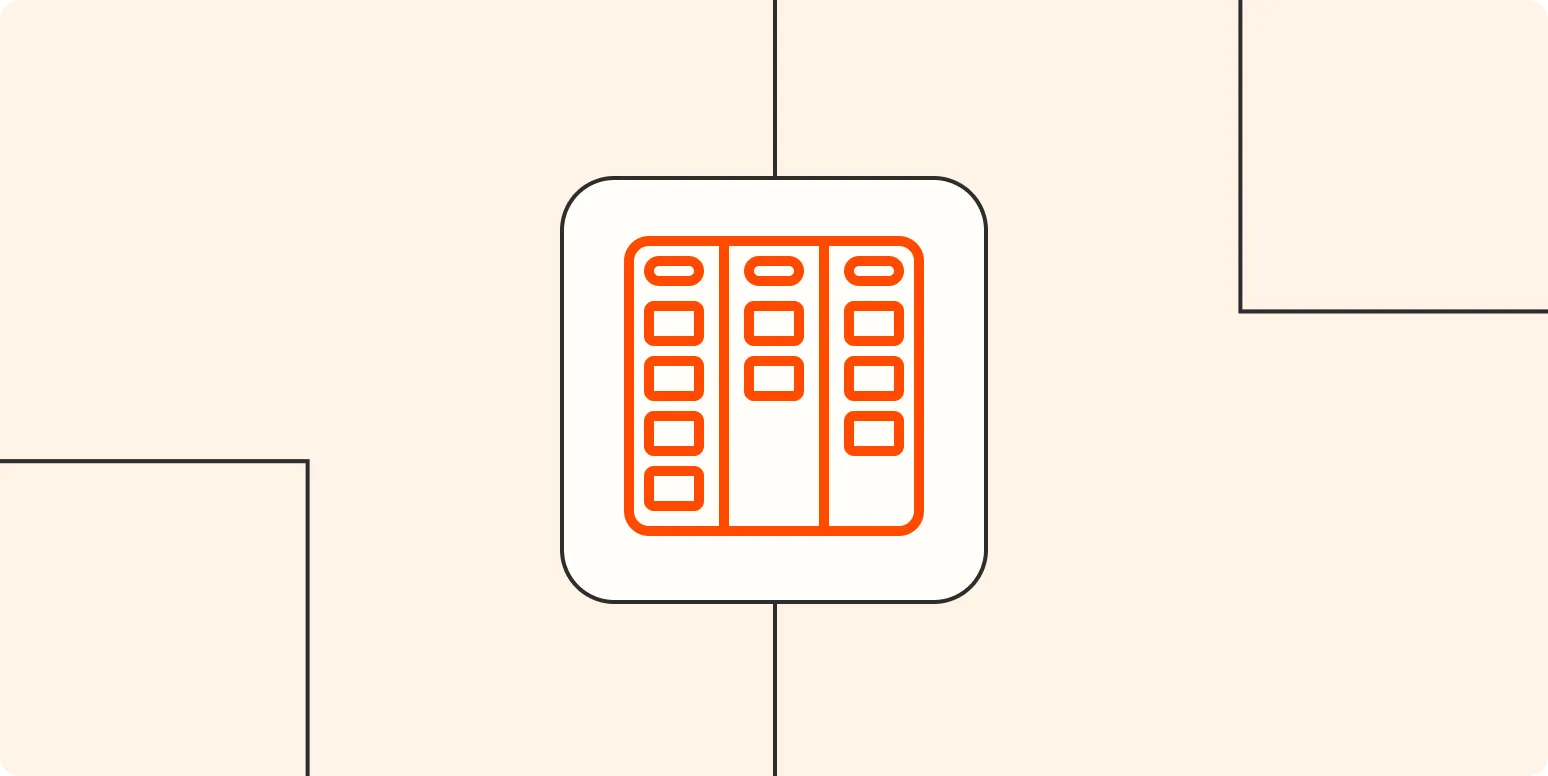Kanban is a popular project management framework that helps teams visualize their work, maximize efficiency, and improve continuously. Originating from Toyota's production system, Kanban has evolved into a versatile tool that can be applied across various industries. In this guide, we will explore the fundamentals of Kanban, its key principles, and how to implement it effectively in your organization.
What is Kanban?
At its core, Kanban is a visual management method that emphasizes workflow visualization and continuous improvement. It uses a board, usually divided into columns that represent different stages of a process, to track tasks from inception to completion. This visual representation allows teams to see the status of their work at a glance, facilitating better communication and collaboration.
Key Principles of Kanban
Understanding the key principles of Kanban is essential for successful implementation. Here are the fundamental aspects:
1. Visualize Work
The first step in Kanban is to visualize work. By creating a Kanban board, you can represent tasks and their progress clearly. Each task is typically represented by a card that moves through various columns, from "To Do" to "Done." This visualization helps identify bottlenecks and areas of improvement.
2. Limit Work in Progress (WIP)
Limiting WIP is a crucial aspect of Kanban. By setting a maximum number of tasks that can be in progress at any given time, teams can reduce multitasking and focus on completing tasks more efficiently. This practice helps prevent burnout and enhances overall productivity.
3. Manage Flow
Effective flow management is vital in Kanban. Teams should monitor the movement of tasks across the board, analyzing cycle times and identifying delays. By managing flow, teams can ensure a smooth transition between different stages of work, leading to faster delivery times.
4. Make Process Policies Explicit
In Kanban, it is essential to have clear process policies. This means defining how tasks are prioritized, what criteria determine progress, and how to handle blockers. Making these policies explicit helps everyone on the team understand their roles and responsibilities, leading to improved accountability.
5. Implement Feedback Loops
Regular feedback loops are another critical principle of Kanban. Teams should conduct frequent meetings to discuss progress, challenges, and opportunities for improvement. These retrospectives foster a culture of continuous improvement, allowing teams to adapt and evolve their processes over time.
How to Set Up a Kanban Board
Setting up a Kanban board is straightforward. Here’s a step-by-step guide to get you started:
Step 1: Choose Your Tools
You can create a Kanban board using physical sticky notes on a whiteboard or digital tools like Trello, Asana, or Jira. Choose a format that best suits your team's needs.
Step 2: Define Your Workflow
Identify the stages of your workflow. Common columns include "To Do," "In Progress," and "Done," but you can customize these to fit your specific process.
Step 3: Create Task Cards
Each task should be represented by a card on your board. Include relevant information such as task description, assignee, due date, and any relevant tags. This information ensures everyone knows what needs to be done.
Step 4: Set WIP Limits
Determine how many tasks can be in progress at each stage. Setting WIP limits helps maintain focus and prevents overwhelming team members.
Step 5: Monitor and Adjust
Regularly review your Kanban board to assess progress, identify bottlenecks, and make necessary adjustments. Continuous monitoring allows your team to respond to changes and challenges effectively.
Best Practices for Using Kanban
To maximize the benefits of Kanban, consider these best practices:
1. Keep It Simple
Start with a simple board and gradually add complexity as needed. A cluttered board can lead to confusion and decreased productivity.
2. Encourage Team Collaboration
Kanban thrives on collaboration. Foster an environment where team members can share insights, provide feedback, and support one another throughout the process.
3. Use Metrics Wisely
Track key metrics such as cycle time and throughput to gauge your team's performance. Use these insights to inform improvements and adjust your processes.
4. Be Flexible
Kanban is about continuous improvement. Be open to changing your processes based on team feedback and evolving needs.
Conclusion
Kanban is a powerful framework that can enhance productivity and efficiency in any team. By visualizing work, limiting WIP, managing flow, and encouraging continuous improvement, teams can achieve better outcomes and a more satisfying work experience. Whether you're new to project management or looking to refine your existing processes, adopting Kanban can lead to significant improvements in how you and your team work.





